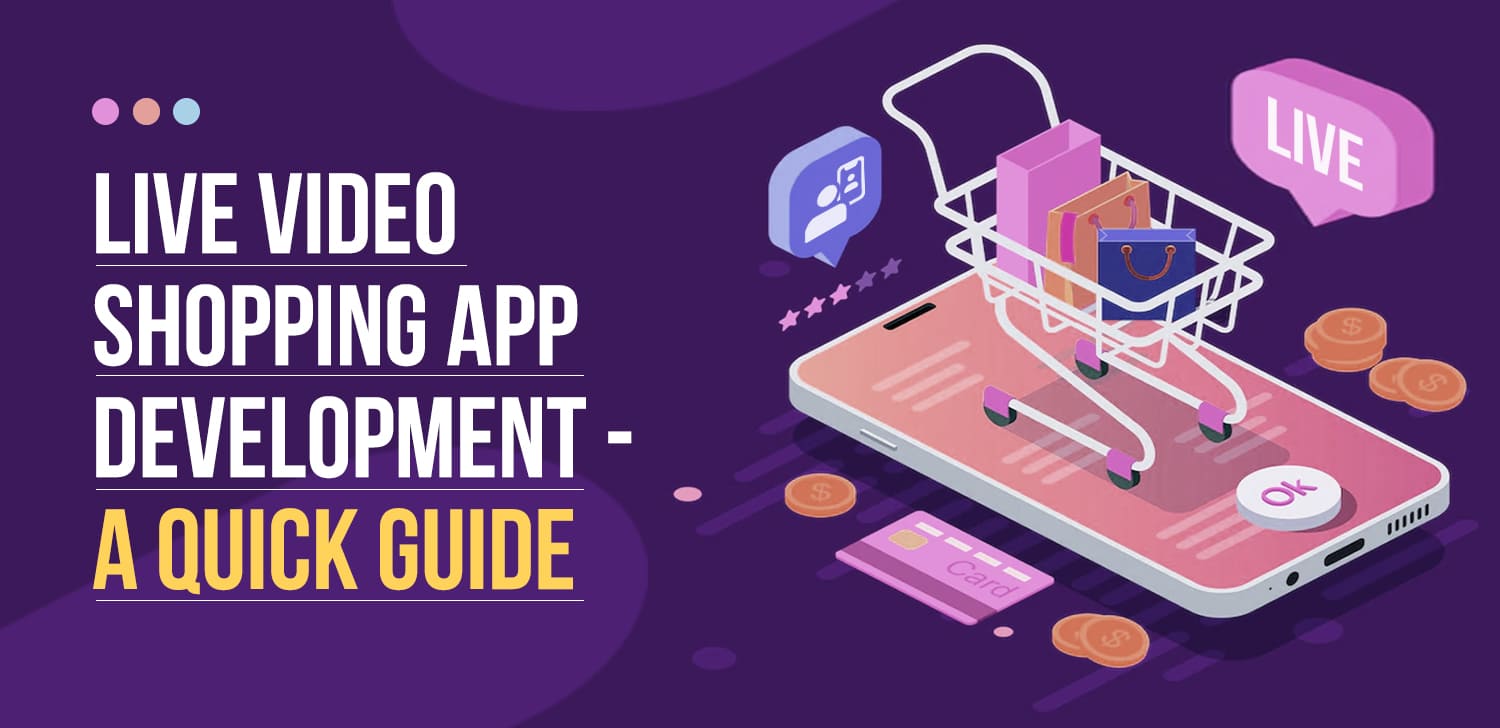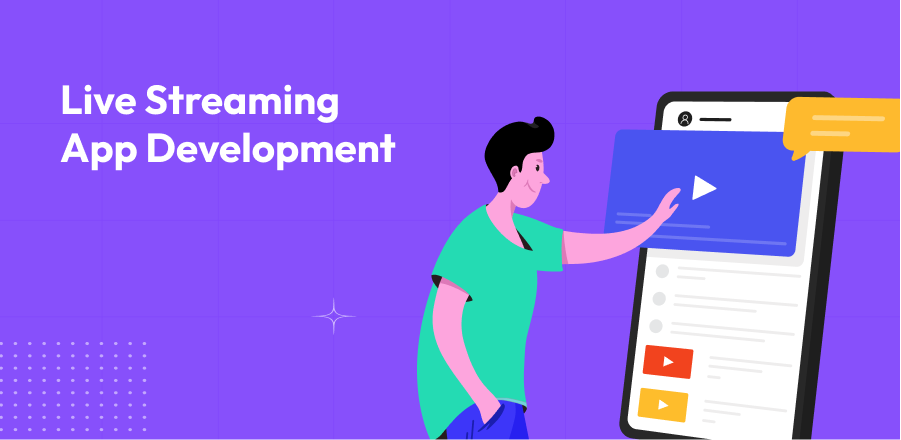Live streaming has revolutionized the way we consume content, offering real-time interaction and engagement with audiences worldwide. The development of live streaming apps requires a blend of cutting-edge technology, strategic planning, and an understanding of user needs. This comprehensive guide delves into the intricacies of developing a live streaming app, providing insights into every critical aspect.
Understanding the Basics of Live Streaming Technology
Live streaming involves transmitting live video and audio content over the internet. The core components include:
1. Capture Devices: These are cameras and microphones that record video and audio.
2. Encoding: This process converts the recorded video and audio into digital format. It uses codecs like H.264 for video and AAC for audio.
3. Streaming Protocols: These protocols, such as RTMP (Real-Time Messaging Protocol) and HLS (HTTP Live Streaming), are essential for transmitting the data to viewers.
4. Content Delivery Networks (CDNs): CDNs distribute the stream to a global audience, ensuring minimal latency and buffering.
Key Features of a Successful Live Streaming App
Developing a successful live streaming app hinges on incorporating essential features that enhance user experience and engagement.
High-Quality Video and Audio Streaming
High-definition (HD) video and clear audio are non-negotiable for any live streaming app. Users expect seamless, high-quality streams without interruptions. Implementing adaptive bitrate streaming can help adjust the video quality based on the user’s internet connection, providing an optimal viewing experience.
User Authentication and Profiles
Creating user authentication systems and personalized profiles allows for a customized user experience. Users should be able to sign up via email, social media, or single sign-on (SSO) options. Profiles enable users to save preferences, follow favorite streamers, and receive notifications.
Real-time Chat and Interaction
Real-time chat is a hallmark of live streaming apps, fostering community and engagement. Implement features like live comments, emojis, reactions, and Q&A sessions. These features make the viewing experience interactive and participatory.
Monetization Options
Monetization is crucial for the sustainability of live streaming apps. Consider incorporating:
- In-app purchases for virtual gifts.
- Subscription models for premium content.
- Ad placements during streams.
- Sponsorships and brand partnerships.
Social Media Integration
Social media integration allows users to share live streams on platforms like Facebook, Twitter, and Instagram, increasing visibility and engagement. It also enables social logins and in-app sharing of content highlights.

Technical Considerations for Live Streaming App Development
Choosing the Right Technology Stack
Selecting an appropriate technology stack is vital for the app’s performance, scalability, and maintenance.
- Frontend Development: Use frameworks like React Native or Flutter for cross-platform compatibility.
- Backend Development: Utilize robust backend solutions like Node.js or Django.
- Database Management: Opt for scalable databases such as MongoDB or PostgreSQL.
Ensuring Scalability
A scalable architecture ensures the app can handle a growing number of users and streams. Implement microservices architecture, which allows independent scaling of different components. Use cloud services like AWS, Google Cloud, or Azure for scalable infrastructure.
Optimizing for Low Latency
Low latency is critical for real-time interaction in live streams. Implement WebRTC (Web Real-Time Communication) for peer-to-peer streaming and use edge servers to reduce the distance data travels, minimizing delay.
Security Measures
Security is paramount in live streaming to protect user data and content. Employ end-to-end encryption, secure token authentication, and digital rights management (DRM) to safeguard streams from unauthorized access.
Steps to Develop a Live Streaming App
1. Market Research and Planning
Begin with thorough market research to understand user needs, competitor offerings, and industry trends. Define your target audience, key features, and unique selling points (USPs).
2. Prototyping and Design
Create wireframes and prototypes to visualize the app’s layout and user flow. Focus on intuitive UI/UX design to ensure a seamless user experience. Tools like Sketch, Figma, and Adobe XD can aid in this process.
3. Development
- Frontend Development: Develop the user interface using the chosen frameworks. Ensure responsiveness and compatibility across devices.
- Backend Development: Set up servers, databases, and APIs to manage data flow and user authentication.
- Integration: Integrate video streaming services, chat features, and payment gateways.
4. Testing
Conduct rigorous testing to identify and fix bugs. Perform:
- Functional Testing: Ensure all features work as intended.
- Performance Testing: Assess the app’s performance under different conditions.
- Security Testing: Verify the security measures in place.
5. Launch and Deployment
Deploy the app on platforms like the App Store and Google Play. Ensure compliance with platform guidelines and perform final checks.
6. Post-launch Maintenance
Regularly update the app to fix bugs, introduce new features, and improve performance. Monitor user feedback and adapt accordingly.
Challenges in Live Streaming App Development
Handling High Traffic
Managing high traffic during peak times can be challenging. Utilize load balancers and CDNs to distribute traffic efficiently. Implement auto-scaling solutions to adjust resources dynamically based on demand.
Ensuring Content Delivery Quality

Consistent content delivery quality is essential. Use adaptive bitrate streaming and ensure robust CDN support to handle fluctuating network conditions.
Compliance with Legal Regulations
Ensure your app complies with local and international laws regarding content streaming, user data privacy, and copyright issues. Implement features to moderate and control user-generated content.
Future Trends in Live Streaming
Integration of AI and Machine Learning
AI and machine learning are transforming live streaming. Features like real-time language translation, automated content moderation, and personalized content recommendations are becoming standard.
Virtual and Augmented Reality (VR/AR)
The integration of VR and AR can provide immersive live streaming experiences. These technologies can revolutionize events, gaming, and educational streams, offering viewers an unparalleled level of engagement.
5G Technology
The advent of 5G technology promises ultra-low latency and higher bandwidth, significantly enhancing live streaming quality and reducing delays. This will enable more advanced and interactive live streaming applications.





